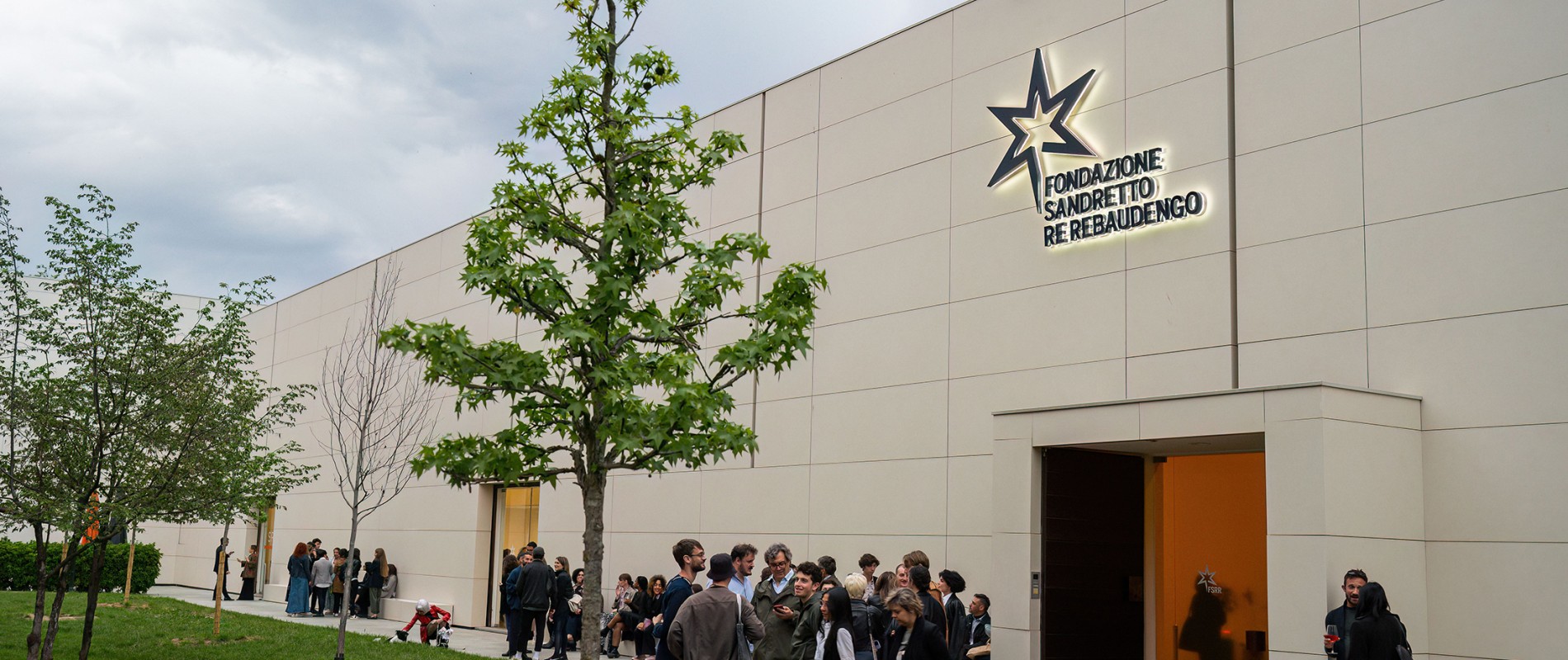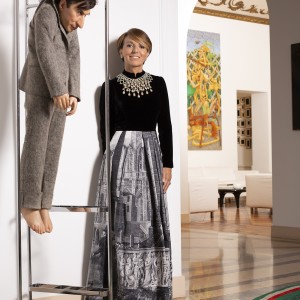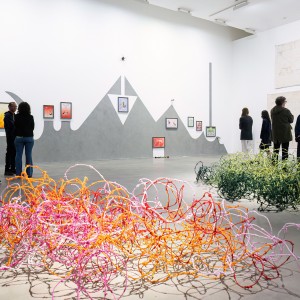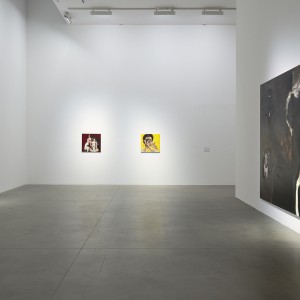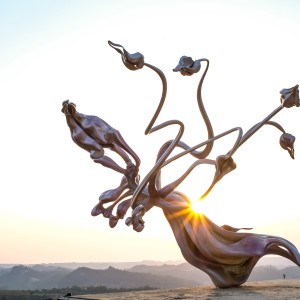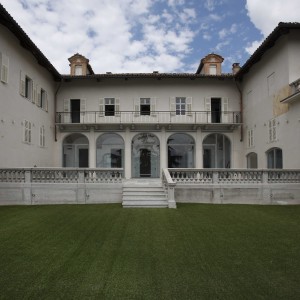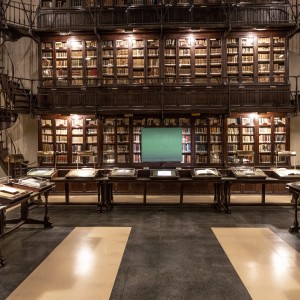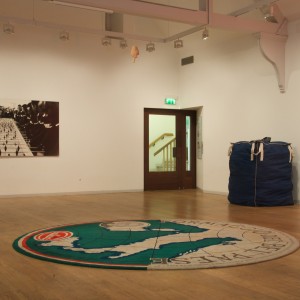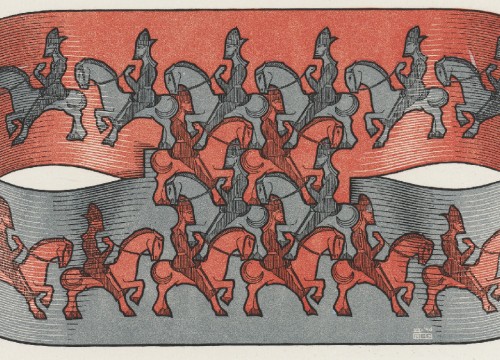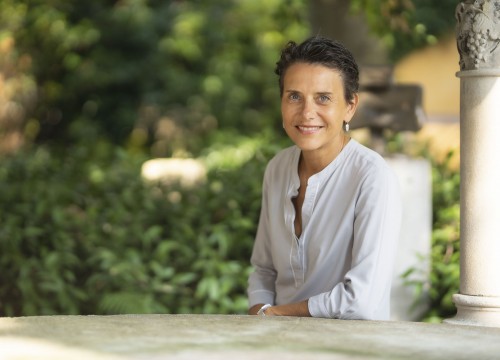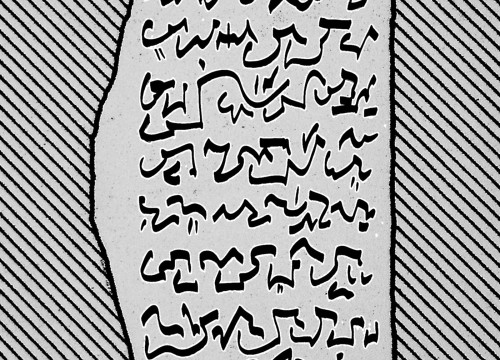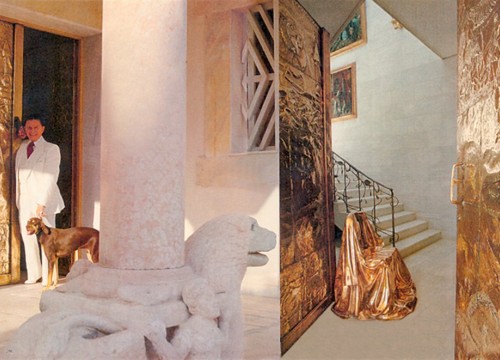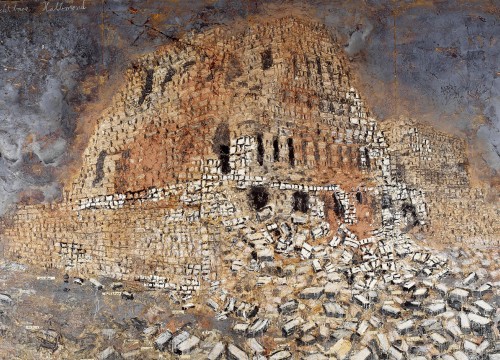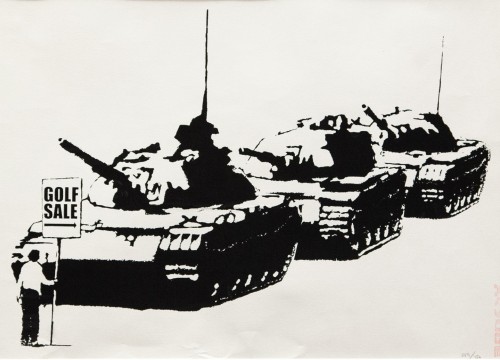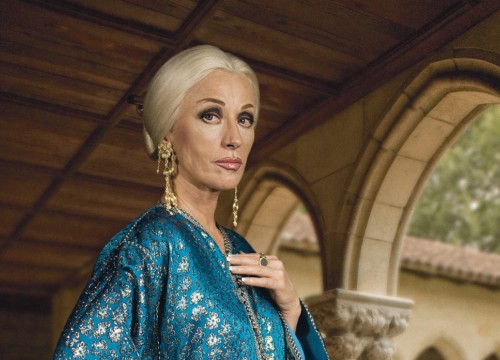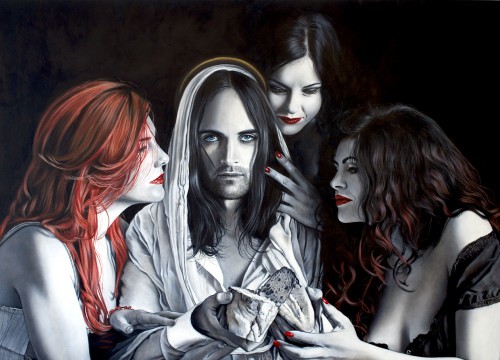In February 1996, the “Collezionismo a Torino” opening in the Castello di Rivoli, exhibition curated by Ida Gianelli with a selection of works by six private collectors, including Patrizia Sandretto Re Rebaudengo, who I remembered for “English art today” in the Galleria Civica di Modena and “Campo 95” at the Corderie dell’Arsenale in Venice (both in 1995), allowed me to publish the interview on n.42 of “ARTE&CRONACA”. From that conversation the design approach of the young and brilliant collector emerged. She had placed the origin of her choices, between thematic strands and objectives: young artists (English, Californian, Italian), photography, women.
These attentions, over the years, would be consolidated, expanded and mixed with each other in the Fondazione Sandretto Re Rebaudengo, born just the year before and committed to the knowledge/ teaching/ dissemination/ sharing/ production of contemporary art. Initially in the Family Palace in Guarene d’Alba (2007), then in the spaces of Via Modane 16 in Turin (2002), and since 2017 also in Madrid.
A sequence of exhibitions, meetings, collaborations and events followed over time, including: “Non toccare la donna bianca” (2004), “Think Twice/ Cattelan” (2012), “Gerhard Richter” (2013), “Exposed” (2019) and in 2023 “Reaching for the Stars”. Perhaps the latter is the pretext for the new dialogue/interview, which confirms the persistence of the enthusiasm and care with which Patrizia continues to look at the work, at young people, at women and their world, as well as at formation, ecology, and our possible future in the sign of art.
Thirty years after the creation of the collection, what is the most important memory?
The memories intertwine the history of the collection with that of the Fondazione Sandretto Re Rebaudengo that I established just three years after the beginning of my collection journey. The memory of Campo 6 is significant, the exhibition opened in September 1996 at the GAM in Turin and then re-proposed at the Bonnenfanten Museum in Maastricht. It was one of the first exhibitions of the Foundation; it followed Campo 95 set up at the Arsenale in Venice during the Biennale in 1995, and traced a route between Turin and Europe, through the works of 16 international artists such as Philippe Parreno, Sam Taylor-Wood, Tobias Rehberger, Tracey Moffat, William Kentridge, Doug Aitken, Rikrit Tiravanija, the Chapman brothers. At that time they were young promises, today they are established artists. I understood then that my idea of collection corresponds to a spacious dimension, within which the work is linked to the exhibition, the project to the production and sharing with the public.
What does collecting mean?
I have always meant the collection as a tool to get in touch with the artistic cultures of our country and the world, observing the generational steps and the emergence of new themes and languages. I have always focused on works and not on names and I have never considered the collection as a form of speculation.
I look at the collection as a long story that combines my biography with that of the artists, which brings their cities to Turin, where I live and where the Sandretto Re Rebaudengo Foundation has its headquarters. Today the collection resembles a map, full of paths and meetings, born from the dialogue with artists and the knowledge of their research. When I started, in the early 1990s, I turned my attention to the art of the younger generation, following a systematic order, coming from my education in Economics and the entrepreneurial tradition of my family. I initially turned to the jobs of peers, with whom I shared a constellation of references and the gaze on a common horizon. I focused my research and first acquisitions on five strands: Italian art, photography, women’s art, the British scene and the Californian scene. Then, around 2000, the world changed: I started collecting artists from the next generation and I expanded the range of my interests, observing the course of art and its global dimension. From the beginning, I am interested in artists engaged in the present. I appreciate the works that take a stand, that raise questions about current events and that make people think.
Great attention to women artists: revenge or acknowledgment?
The art of women is one of the strands of my collection, started in the 90s with the acquisitions of works by Cindy Sherman, Barbara Kruger, Louise Lawer, Sherry Levine, Rosemarie Trockel.
Since then, I have never stopped supporting and promoting art also in a gender perspective, from the solo show of Carol Rama to the entire year dedicated to women in the Foundation (2003-2004) until the several solo shows of artists organized over the years: Lynette Yiadom-Boakye, Berlinde de Bruyckere, Martine Syms, Daniela Ortiz, Ambera Wellmann. Much remains to be done and this is proved by the minority presence of works by artists in the museum collections, the prevalence of solo shows dedicated to men, the disparity in the market price.
Attention is not a revenge, but the tool to fix this type of gender imbalance in the art system and in society in general. Since 2006, with the StellaRe Prize, the Foundation recognizes the credit of women who with their work and their ideas, have traced new paths in the most diverse fields of knowledge: the physics Fabiola Gianotti, the Nobel Prize winner Elizabeth Blackburn, the curator Lisa Phillips, the architect Kazuyo Sejima, just to name a few. My commitment in the sphere of feminine transcends the boundaries of art. Since October 2017 I have been president of the IEO- Monzino Foundation, which since 1994 has been working to raise funds in support of clinical and experimental research, prevention and early diagnosis. The Foundation supports the Women’s Cancer Center of the European Institute of Oncology and the project “Monzino Women -Prendiamoci a cuore”, two projects that focus on women’s health.
How and why was the Sandretto Re Rebaudengo Foundation born?
The Foundation was founded in 1995 to support artists and spread the knowledge of contemporary art. Back from my travels abroad, I had noticed the lack of spaces dedicated to contemporary art in Italy (the Castello di Rivoli was at the time the only museum of contemporary art). Institutional spaces able to work with the younger generations, such as the Kunsthalle and the Kunstverein, were lacking. Inspired by those models, the Foundation has appeared on the Italian and international scene with a precise physiognomy and a marked experimental vocation, which today gives it a role in the field of the production of artworks and exhibitions, cultural mediation of art, education and training.
Young people, training and ecology: three operational moments without any priority?
Training is an identity line of the Foundation and reflects its committed character in the present and projected on the future. Our educational programs allow us to transmit the social potential of contemporary art and to cultivate its professionalism. In addition to a rich educational proposal for schools, families, and vulnerable people, in the Foundation we train teachers, educators and our cultural mediators. In 2012, from the experience of the Residency for foreign curators, we started Campo, a program of studies and curatorial practices in Italian. Thanks to the experience gained, in 2022 we launched Verso, a great challenge for the involvement of young people aged between 15 and 29, a target often registered with the label of “non audience”. We have overcome the distinction between exhibition, educational and research activities, producing an innovative format of exhibition-laboratory that ended with the Training for the Future, conceived by the Dutch artist Jonas Staal focused on a plurality of ecological behaviors.
The challenges are those that we are called to face in a world marked by climate change, the need to think about new models of life, war and new global geo-political arrangements. Young people have more life ahead, more energy, more courage. We must learn to listen to them more.
In Italy the foundation is very active in the Turin and Guarene offices.How is the Fundación Sandretto Re Rebaudengo born in Madrid in 2017?
It is very active and operates through a “nomadic” exhibition program in the city of Madrid. Each year, we identify special places in which to organize solo shows.
In 2020, Ian Cheng at the Fundación Fernando de Castro, in 2022 Michael Armitage at the Real Academia de Bellas Artes de San Fernando and in February Lucas Arruda at the University. Since 2020, we have also brought to Spain our Young Curators Residency Programme that gives to Iberian artists the chance to be known by foreign curators and that allows here, as in Italy, to explore the art scene in a capillary way.
In the widespread contemporary uncertainty, what can be the idea for the future?
I trust in an increasingly open and widespread art, able to produce new types of spaces and public talks. On the one hand art has fully entered the digital domain, on the other it is demonstrating a marked ability to activate in the communities real territories. In the coming years, we will be called to experiment with ways to increase the accessibility to artworks, exhibitions, workshops and debate. The individual and immersive dimension of digital I am sure will correspond to the collective, physical and civic experience of the museum, intended in my opinion to become a central square of the future contemporaneity.

